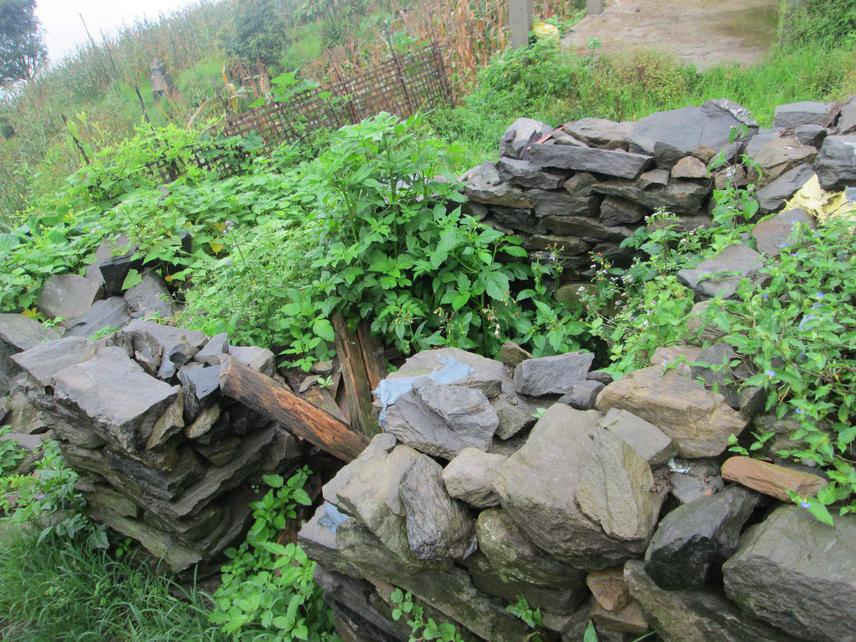Roshan Sherchan
The project attempts to understand dynamics of human wildlife conflict in Langtang National Park and helps mitigate conflicts by field level intervention and policy orientation.

Human-Wildlife Conflict (HWC) has become one of the major challenges of wildlife management in protected areas. Establishment of protected areas in Nepal has become successful in increasing the number of endangered wildlife animals but this has also led increased incidences of HWC. Langtang National Park in the central Nepal is also no exception. Local people of Langtang National Park, have been suffering from abject poverty, and due to the extreme weather with prolonged drought, their food security from own production has been extremely difficult. Crop damage by wild animals is perceived to be the most widespread in buffer zone communities which are living near park’s forest. In addition, they are restricted to collect the forest products from park’s forests as these areas are the habitat of rare and endangered wild animals. It is becoming exceedingly challenging for park managers to strike a balance between achieving conservation goals and improving livelihoods of local communities. Due to the improved forest condition in buffer zone, it has lead to increased incidence of human wildlife conflict. There are cases of retaliatory killing of wild animals as local people didn’t tolerate loss of livestock depredation.
Farmers of Syaubari Buffer Zone Forest in Langtang National Park are being increasingly affected by Wild Boars, Black Bears, Common Leopards, Monkeys, Barking deers thus the proposed project aims to:
i) assess the extent of damage, loss and be aware of ground situation of HWC of Syaubari Buffer Zone Community Forest
ii) reduce the incidence of Human Wildlife Conflict by establishing game proof fencing and improving livestock shed
iii) make local people aware on the policy provisions of Wildlife Damage Relief Support Guidelines, 2012 so farmers will be aware on policy provisions and procedures for claims. The outcomes of the project also inform the policy provision to include the most problem animals not yet covered by the existing policy.